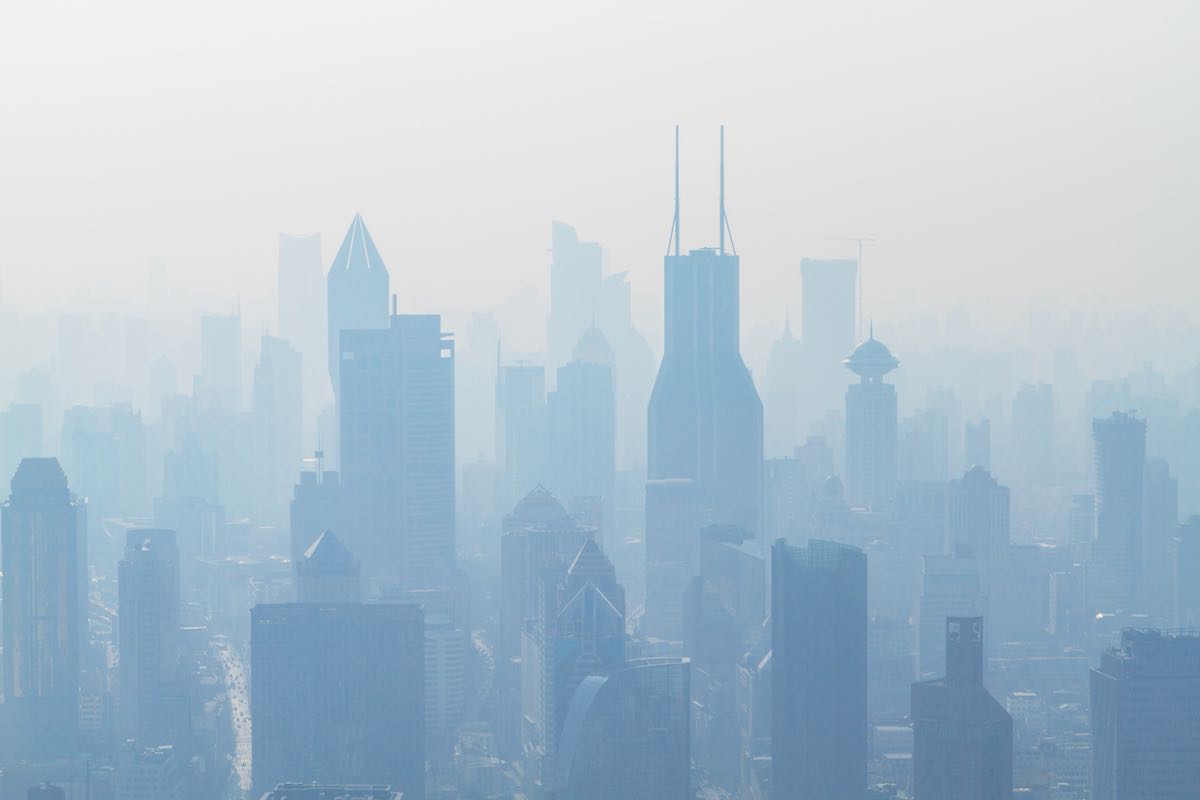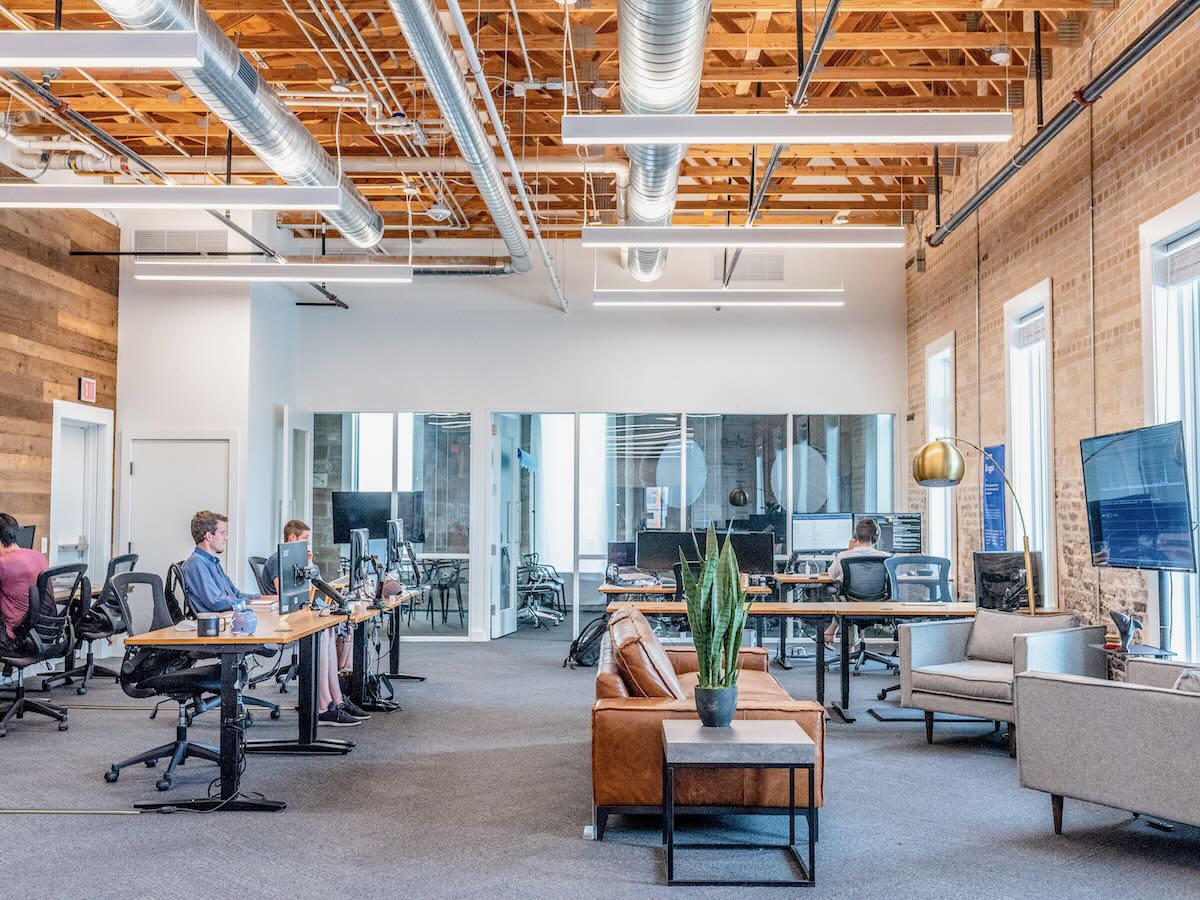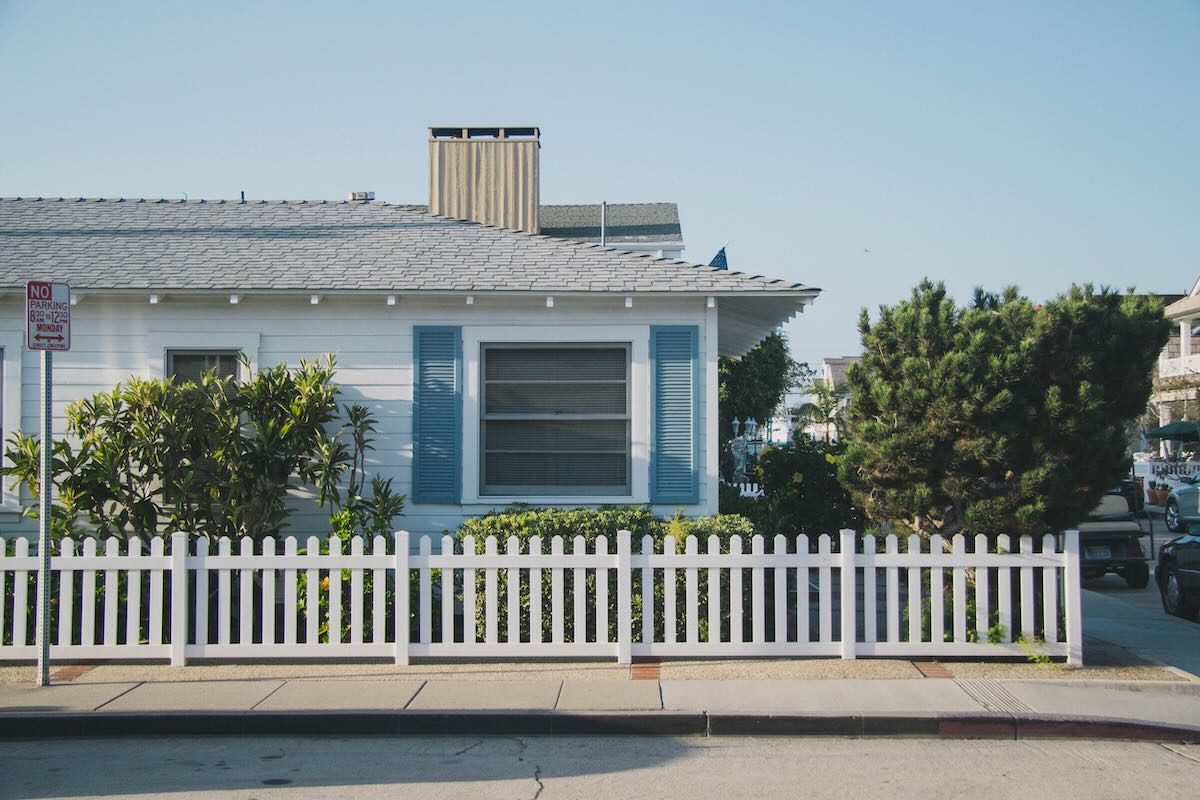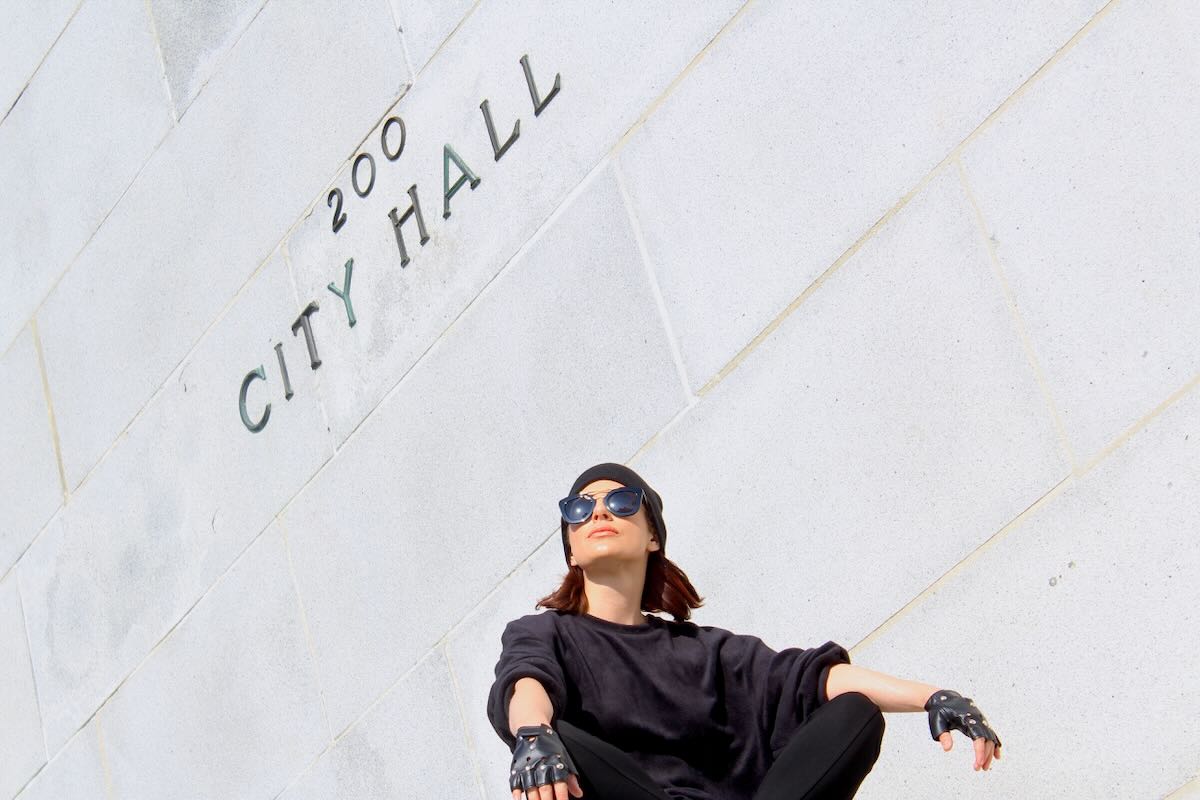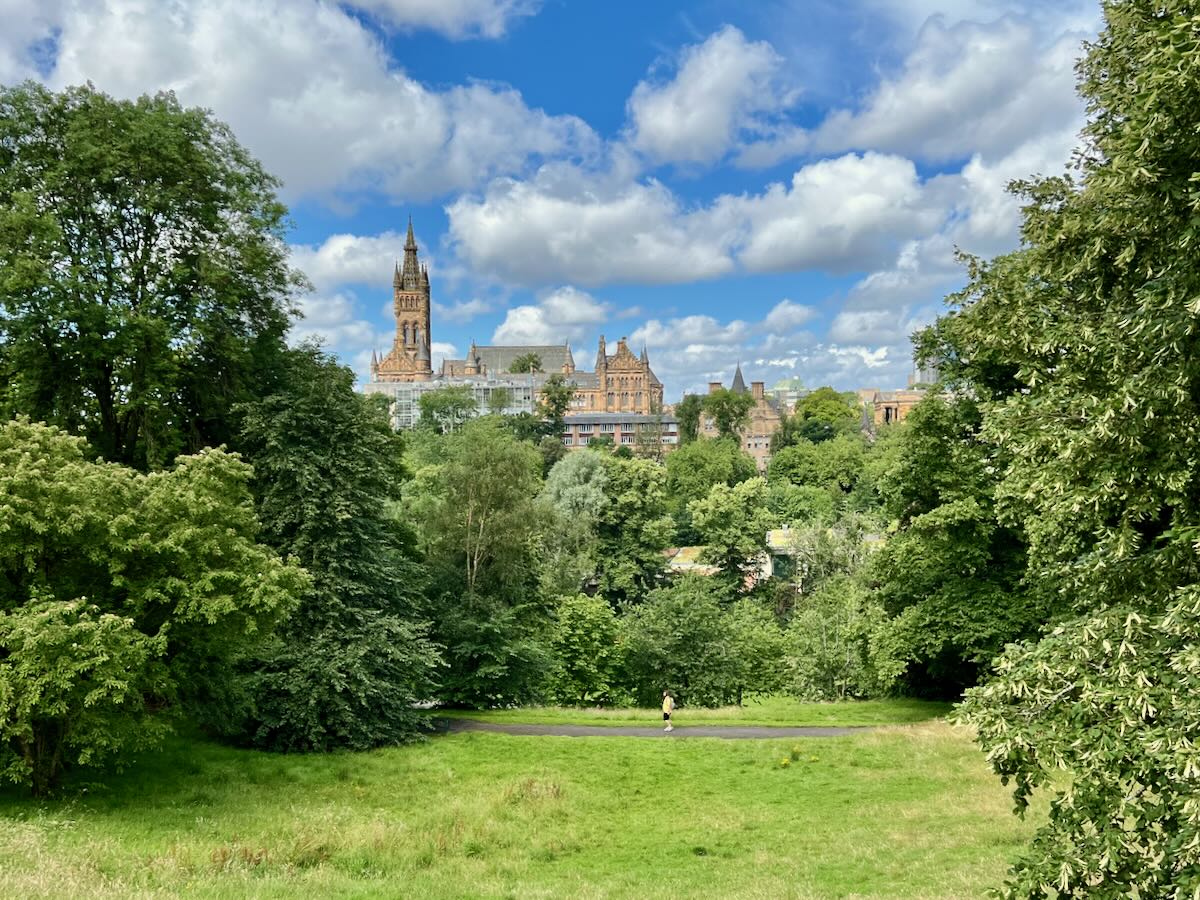Street Competition 3, Issue 32
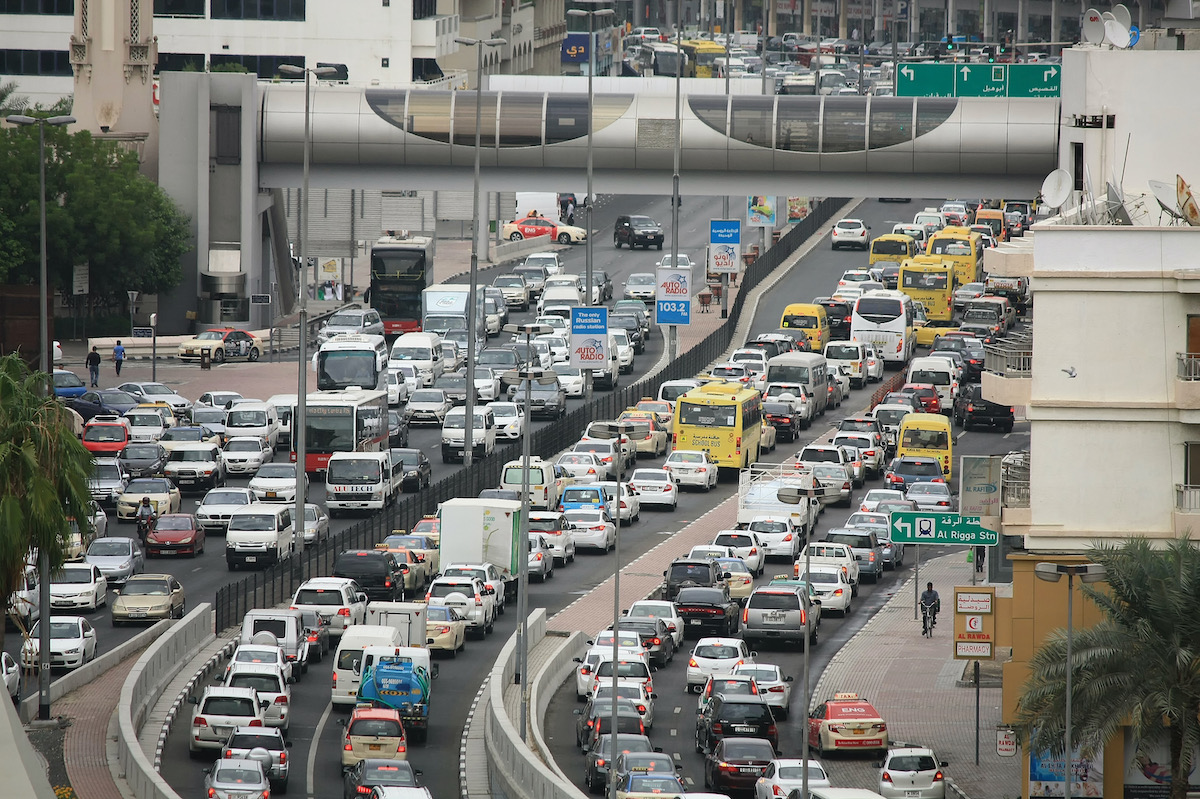
I have picked “Street Competition” as the name for my series of newsletters about community and urban design challenges. The struggle over the allocation of public spaces helps me make sense of the numerous complex issues impacting the places we live and work.
City Building
City building is a messy business. Most started as a collection of self-sufficient, mixed-use neighbourhoods. People lived close to their workplaces and could walk to the shops. Public plazas and streets were designed for people. Public transit systems developed to manage people movement from one neighbourhood to the other.
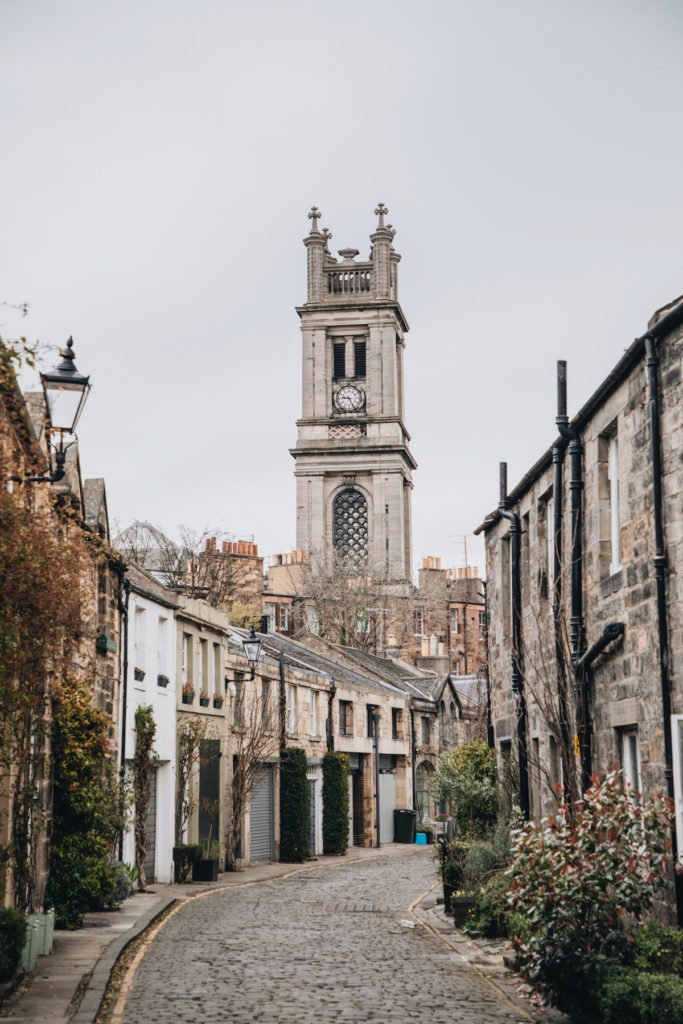
I always think of London, England when I consider cities as a collection of neighbourhoods. From 2018 to 2020, we spent about two months in Greater London. Our guidebooks:
- London’s Village Walks, David Hampshire, City Books / Survival Books 2018
- London Villages, Zena Alkayat, Frances Lincoln Ltd, 2016
Navigating from one village to the next by public transit or on foot in the largest city in Western Europe became a lesson in the evolution of a metropolis.
The Increase in Car Ownership
In 1950, only one person in 48 owned a car. Now, there is about one car per person in the United States. Australians and Canadians own almost as many automobiles per capita.
Increased car ownership created the drive-to city and accelerated its segmentation into suburbs, industrial areas, shopping centres, and business districts. Street space reserved for sidewalks, public amenities, news agents, and other users disappeared. The space was taken from people and given over to cars. Governments took money away from mass-transit and spent billions on expressways designed to feed the drive-to locations. Cities set minimum parking requirements for new developments.
Cars have not improved urban mobility, Most cities now have intolerable congestion issues and there isn’t room for more automobile infrastructure. Global warming issues aside, cars pollute city air. Polluted air kills people. There are studies that demonstrate that urban air pollution may make COVID-19 more deadly. Shop and restaurant owners often complain that the loss of parking and vehicle access to pedestrians and other forms of active transportation hurts business. There is a mountain of data that demonstrates the opposite. Cars and parking kill street life.
Community and Urban Design Challenges
Covid-19 has been the most disruptive health event that communities have had to manage since 1918. Indeed, it has caused many prognosticators to foresee the demise of the city. I disagree. Cities continued to grow and flourish in 1920 after the Spanish Flu outbreak. The future shape of cities may be unknown but their survival and growth is a certainty. Some interesting facts:
- The world population is growing by 200,000 people every day
- In 1800, only 3% to 5% of the global population lived in urban areas
- By the year 2050, about two-thirds of the global population will live in cities
- Urban populations will have doubled and the area consumed by cities will have tripled by then.
- City growth powers affluence with a corresponding increase in the number of wealthier people looking for more living space
In addition to issues caused by population growth and pandemic PTSD, planners have to consider climate change resilience and environmental considerations. There are:
- An increasing number of wildfires that ravage areas in Portugal, Spain, Australia, the US, and many other areas of the world
- Increased occurrences of extreme weather events
- Rising sea levels that threaten coastal communities. Within 30 years, chronic flooding will impact about 300,000 coastal homes in the USA that have an approximate value of US $118 billion.
- The impacts of global warming on tropical cyclone intensity causing more category 4 & 5 storms and increases in storm-related rainfall rates
- Farmlands, forests, wetlands, and rainforests are shrinking because of urban sprawl
- The over 3.4 million deaths attributable to outdoor air pollution each year.
Meeting the Challenge
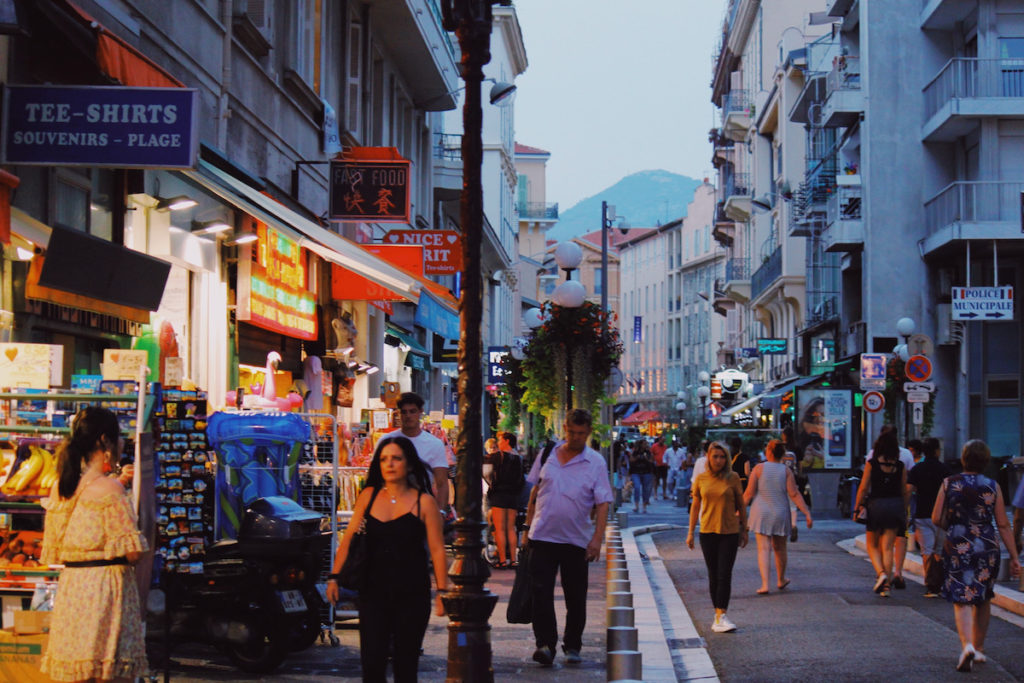
Cities will respond to meet community and urban design challenges. While nobody can predict the future shape of any city with any accuracy, there is a sense that there are lessons to be learnt from the past:
- Mixed-use neighbourhoods will be more central to daily life
- Automobile usage will be discouraged, both by congestion taxes and reduction of car-friendly infrastructure.
- Communities will be inter-connected by safe and efficient public transit
- There will be an emphasis on active transportation and micro-mobility
The usual reminders:
- Buy better, buy less, reduce, repair, reuse and recycle
- Shop local, support local businesses, buy from local farms, and support local artisans and manufacturers
- Wear face masks where required, wash your hands, practice social distancing, hydrate, and exercise
